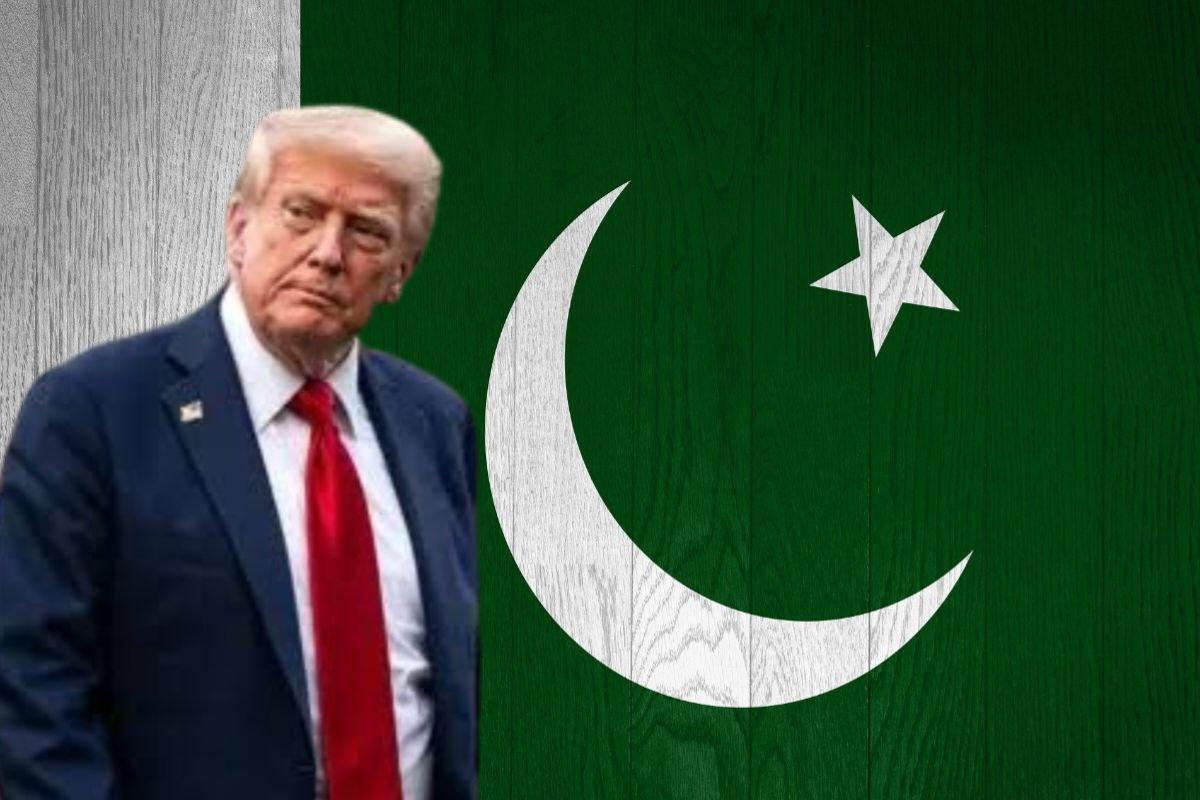
In a sweeping move that signals a new phase of global trade hostilities, U.S. President Donald Trump has announced a fresh wave of tariffs affecting nearly 70 countries, including both India and Pakistan. The newly unveiled tariff list features import taxes ranging from 10% to 41%, with India facing a steep 25% levy and Pakistan incurring a 19% tariff.
This announcement marks a significant shift in Trump’s trade strategy, targeting allies and rivals alike. Countries like Syria (41%), Myanmar (40%), Switzerland (39%), Iraq (35%), Canada (35%), Sri Lanka (20%), Japan (15%), Israel (15%), and the UK (10%) have all been hit with duties. While tariffs for most countries will be effective starting August 7, Canada’s came into force on August 1. However, a grace period has been announced: shipments loaded before August 7 and arriving in the U.S. by October 5 will be exempted from the new tariff structure.
The question arises: why is America taking such an aggressive stance? President Trump offered a familiar justification—“because they are taking advantage of the U.S.” He argues that these nations impose higher tariffs on American goods, and now, the U.S. is simply reciprocating.
India, in particular, is being accused of being among the world’s highest tariff-imposing nations. Trump’s remarks in a July 31 post were sharply critical: “India is among the dead economies. We have done very little trade with them. They impose the highest tariffs. I don’t care what rules they follow.” The message was loud and clear—Trump is done playing nice and wants to corner India in trade negotiations.
However, this is not just about numbers. The Trump administration’s decision to simultaneously target both India and Pakistan points to a calculated geopolitical maneuver. Pakistan, which had once been labeled a "terrorist haven" by Trump himself, now finds itself both courted and cautioned. On the very same day that the tariffs were announced, Trump posted about a new joint agreement with Pakistan to help develop its oil reserves—stating, “Maybe one day they will sell oil to India.” It’s classic Trump diplomacy—offering a carrot with one hand while wielding a stick with the other.
For Pakistan, the 19% tariff is more than an economic setback; it’s a psychological shock. The recent friendly overtures from the U.S. now seem hollow, as the country gets grouped with others facing U.S. trade penalties.
India, on the other hand, faces the brunt of the new tariffs across a broad range of imported goods. This is not targeted at one sector, but represents a wide-ranging economic pushback. India, which once was hailed by Trump as a “greatest friend,” is now being clubbed with countries that are neither allies nor major economic players.
The broader concern is that this could mark the beginning of a global trade war. With countries from both Western blocs and opposing camps on the list—like UK, Switzerland, Japan, Syria, Myanmar, and Iraq—the message from Washington is unmistakable: America is now placing its own economic interests above all international partnerships or allegiances.
Indian Commerce Minister Piyush Goyal addressed the matter in Parliament, stating that four rounds of trade negotiations have already taken place with the U.S. He emphasized that India is no longer part of the “fragile five” economies and has emerged as one of the fastest-growing major economies in the world. While India seeks strong ties with the U.S., it will not agree to terms that compromise its sovereign economic interests.
In response to the tariff challenge, India is adapting on three major fronts:
Strengthening trade with Russia, especially in the energy sector.
Pushing for alternative payment systems within the BRICS bloc and focusing on renewable technologies to decrease reliance on Western systems.
Challenging China in the Rare Earth Elements (REE) sector by building an alternative supply chain that positions India as a more reliable global supplier.
Trump’s aggressive new tariff strategy reveals a stark truth: the U.S. is no longer concerned about diplomatic sentiments. Whether it’s a friend like India or a former adversary like Pakistan, all are being treated as economic entities first. Strategic alignment now hinges on mutual benefit, not historical ties or shared values.
India must now reassess its approach to Washington. It can no longer afford to engage as a sentimental ally—it must speak to the U.S. as a strategic equal, ready to both cooperate and compete. Otherwise, future tariff shocks may continue to drop without warning.




